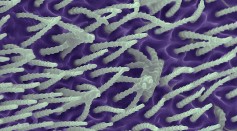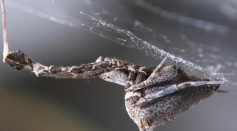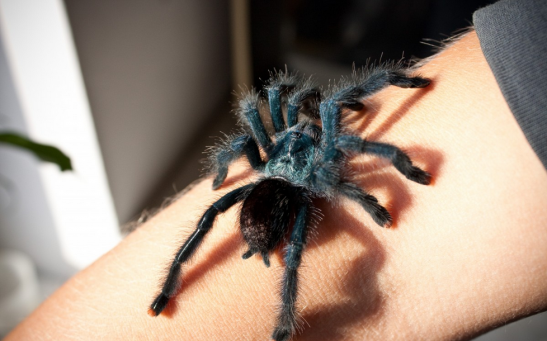spiders
Woman Horrified To Find 20 Venomous Mouse Spiders on Her Pool
The Forecast Calls for Chance of Spiders in Australia
Yawunik Arthropod Revealed—The Toothsome Creature that Gave Rise to Lobsters, Spiders and Butterflies
‘Skeletorus’ and ‘Sparklemuffin’ Species Discovered—Seriously Colorful Spiders

Watch This Spider Spin a Web That Makes Tech Designers Envious

Ever Wonder How Spiders Spin Such Long Webs? Researchers at Oxford Use Microscopy to Find the Answer
Most Popular

How Technology Is Changing the Real Estate Industry?

AI Revolution in Medical Education: Transforming How Healthcare Professionals Learn

Zombie Star Set to Light Up Night Sky: Blaze Star Could Erupt Soon

Exploring Life Beyond Earth: Study Claims Other Planets Could Be Suitable for Alien Life






